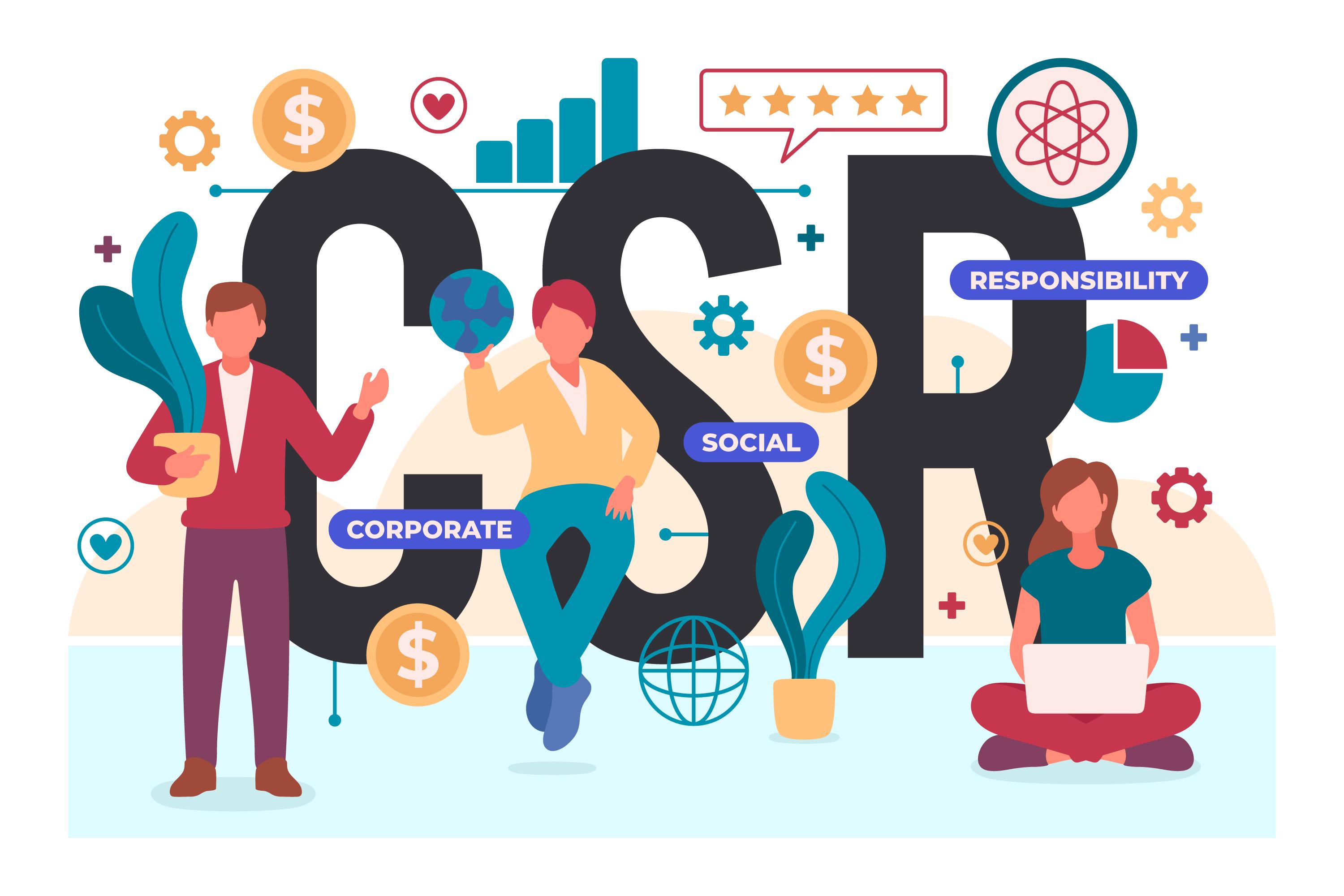- Home >
- Our Ideas
Understanding Social Return on Investment (SROI): Measuring Impact and Value

In today's fast-changing business world, success is no longer just about profits. With a growing focus on ethical practices and social responsibility, Social Return on Investment (SROI) has become a key framework. SROI goes beyond financial metrics, providing companies with a tool to evaluate their wider influence on society. This framework offers a fresh perspective on assessing businesses, considering ethical practices and social responsibility.
In this article, we'll dive into SROI, exploring its principles, calculation steps, and benefits.
Social Return on Investment (SROI) is a method that helps businesses measure their impact beyond just financial gains. It evaluates the social, economic, and environmental value created by a company, showing its contributions to the community.
SROI is crucial for businesses as it enhances CSR Impact Assessment by highlighting their broader contributions. This approach improves stakeholder relationships and boosts corporate reputation. It showcases the real impact of their work, including positive changes in people’s lives and the environment.
1. Involve Stakeholders: Engage all individuals or groups impacted by a program to ensure their active participation in the corporate social responsibility assessment.
2. Understand Change: Assess how your activities have led to changes, whether positive or negative. Distinguish between expected and unexpected changes to provide a comprehensive view of your impact.
3. Value the Things That Matter:Assign monetary values to outcomes using financial proxies. This helps in objectively valuing the most important aspects of your CSR Impact Assessment.
4. Only Include What Is Material: Include only material outcomes in your calculations. Consider how the inclusion or omission of certain information could affect stakeholder decisions and the overall impact assessment.
5. Avoid Exaggerations: ICommit to transparency by avoiding over-claiming and exaggerating the impact of the organization's efforts in the assessment program.
6. Be Transparent: Apply transparency across all aspects of the accounting process. This includes tracking, communication, goal setting, metrics prioritization, data collection, and analysis, and enhancing stakeholder trust.
1. Establishing Scope and Identifying Stakeholders: This step involves defining the boundaries and objectives of the SROI analysis. Additionally, it involves identifying and engaging with all relevant internal and external stakeholders to gather their diverse insights.
2. Mapping Outcomes: This step includes mapping the flow of resources, activities, and outcomes to understand the impacts. It also involves assigning values to both the quantitative and qualitative aspects of outcomes.
3. Establishing Impact:This step focuses on measuring the actual outcomes and impacts of the initiative through systematic data collection. It encompasses the social, environmental, and economic dimensions of the project's footprint.
4. Calculating the SROI: This step is crucial and involves calculating the SROI ratio by comparing the net value of outcomes and impacts on the initial investment. It quantifies the transformational power of the project and showcases the social value generated for every unit of investment.
5. Reporting, Using, and Embedding: This final step involves creating a comprehensive report that encapsulates the methodologies, values, and findings of the SROI analysis. This report communicates the social, environmental, and economic value derived from the project and showcases the commitment of the organization to holistic impact. The report is shared through diverse communication channels and embedded in decision-making processes for creating lasting impact.
Enhanced Decision-Making
Improved Stakeholder Engagement
Increased Funding and Investment
Competitive Advantage
The bottom line is that incorporating Social Return on Investment (SROI) into your business strategy not only enhances your corporate social responsibility assessment but also drives meaningful change. By understanding and valuing your social impact, you can make informed decisions, engage stakeholders, and gain a competitive edge.
For businesses looking to navigate the complexities of SROI, SoulAce offers expert guidance and tailored solutions. Partner with SoulAce to elevate your CSR initiatives and truly make a difference.